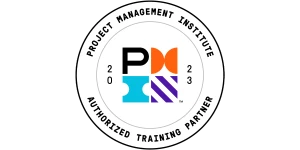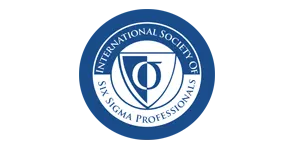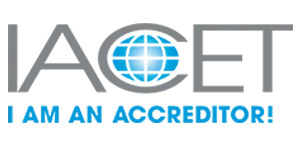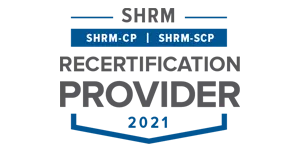It Can Be Copied But…
Piggly Wiggly…muri…mura…muda…
No, they’re not your typical cheerleading blurbs, although with Toyota hugging the limelight these days as one of the world’s major car producers with stellar growth rates and “can’t-be-beat” performance, everyone might as well be cheerleading for the Japanese auto maker. The praises are richly deserved.
The story began when Toyota owners visited an assembly line and mass production facility – the kind of assembly line that earned millions for Henry Ford. The Toyota executives, however, were not impressed. They came away from the plant feeling that there was too much waste and that the entire operation did not make sense. After that, they visited a supermarket – Piggly Wiggly – and that’s when lightning struck. At the supermarket, they noticed that as soon as a customer bought a drink, it was immediately replaced by another. In other words, there were no drinks waiting on the shelf begging to be bought. The next drink only was pulled out when the one preceding it had been purchased. This triggered the birth of the “pull technology” principle that the Toyota Motor Company adopted as one of the core principles of the Toyota Production System.
Pull technology, as explained by Betsi Harris Ehrlich (Transactional Six Sigma and Lean Servicing, St. Lucie Press, 2005) is the opposite of traditional push technology in manufacturing where mass volumes of products are shoved into the customers through aggressive sales and marketing tactics. Pulling products, on the other hand, means that products are manufactured in small batches and are made according to customer specs. When pull technology is correctly applied, there is less tendency towards waste and stale inventories.
Muri…Mura…Muda
These three Japanese words are sacred to the Toyota Production System (TPS), but are only a part of the set of parameters that characterize Toyota’s production methods.
Muri means an overburden which results from over-production. Murarepresents inconsistency which results from lack of standardized methods and processes. When your manufacturing operation exhibits both muri and mura, what happens next?
Logically, muri and mura generate muda – or excessive waste. These three concepts figure prominently in the TPS framework.
But let’s take a closer look at muda. The Japanese have identified at least seven areas where waste is likely to occur: over-production, waste of time and resources on the part of idle machines and machine operators, transportation waste, process waste, inventory piles, waste in motion (an example is when operators are looking for parts to replace broken parts) and rework waste. In the mind of Toyota, there is no need to rework a product if it is done right the first time. Quality should be every worker’s mantra. Quality right now, not quality later.
Inspiration from Others
The core principles of the Toyota Production System are not exclusively Japanese. In fact it is the fruit of impressions gathered and innovated upon by the Toyoda family and Taiichi Ohno who drew inspiration from the thoughts of W. Edwards Deming and Henry Ford.
Ernst C. Glauser of the Swiss Deming Institute points out bluntly that the Japanese took Deming’s theorems very seriously. The first theorem goes, “nobody gives a hoot about profit” and the second, “we are being ruined by best efforts, doing the wrong thing.” (The Toyota Phenomenon by Ernst Glauser, 2005).
Don’t misunderstand Deming’s indifference to profits. He was actually referring to short term profits, it was simply his way of promoting the idea that leaders should think long-term, even if it means sacrificing short term financial goals. These theorems are inherent in the Toyota Production System – described by business writers as a socio-technical system combining management philosophy and practices. It is reinforced by The Toyota Way which explains the phenomenal success of the Japanese car manufacturer. While the TPS can be copied because it is, after all, a physical operation per se, the Toyota Way is what sets the company apart from others. The Toyota Way in fact is a kind of philosophy. It cannot be copied at whim. In Glauser’s words, “it has to be built, maintained and refined over decades.”
TPS Summary
The whole idea behind TPS is to minimize the waste of a company’s time and resources on processes and activities that add no value. One way of doing that in the factory is to put materials and tools in close proximity to the point of assembly. If the right process is used, the right results follow. This is why it is vital to create good processes that will continue smoothly, spread the workload evenly, standardize tasks, invest in reliable technology and refine visual control to spot problems immediately. And when problems are detected, people must be encouraged to stop what they’re doing immediately and focus on fixing the problem.
Indeed, Toyota is a car company. But the executives and workers like to identify their company as a customer company, first and foremost. Again, this echoes the Toyota Way, it reflects the thinking that participative management is the key to quality and productivity.
Peter Peterka is the President of 6Sigma.us. For information on Six Sigma training, Six Sigma Certification or Master Black Belt programs contact Peter Peterka.
Author: Peter Peterka Google
Published 09/3/2008
SixSigma.us offers both Live Virtual classes as well as Online Self-Paced training. Most option includes access to the same great Master Black Belt instructors that teach our World Class in-person sessions. Sign-up today!
Virtual Classroom Training Programs Self-Paced Online Training Programs






